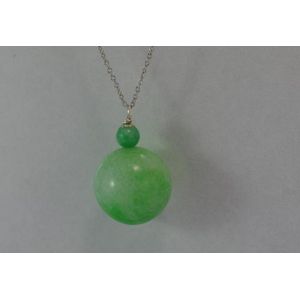Georgian Bracket Clock by Andrew Stewart Dunse
A Georgian bracket clock, twin gut-fusee verge movement signed Andrew Stenart (Stewart) Dunse (Scotland), to the backplate and brass face, strike/silent and seconds dials in the arch, silvered Roman chapter ring with Arabic minutes framed by filigree cast brass quadrants. In modern ebonised pagoda top case, height 50 cm
You must be a subscriber, and be logged in to view price and dealer details.
Subscribe Now to view actual auction price for this item
When you subscribe, you have the option of setting the currency in which to display prices to $Au, $US, $NZ or Stg.
This item has been sold, and the description, image and price are for reference purposes only.
- Pagoda Top - A shape based loosely on that of a Chinese pagoda, that is, pyramidal with sloped sides and a top cap. However there are many variations on the basic shape from a relatively flat pagoda to a tall pagoda with almost parallel concave sides to a true pagoda shape. As found on a pagoda, the pagoda top is often surmounted by a fancy finial. The pagoda top is most frequently found on the hoods of 18th century long case clocks, and on bracket clocks, and sometimes on Chinese Chippendale style furniture.
- Chapter Ring - A separate metal plate on the face of a clock, on which the numerals for the hours and sometimes parts of the hours, are displayed, usually wheel shaped and sitting on top of the dial plate. The chapter ring is often a feature of the clock and can be silvered or enamelled to stand as a contrast to its background. The hours are usually shown in Roman numerals, although in the late 19th and earlt 20th century, Arabic numerals became fashionable.
- Georgian - As an English stylistic period, Georgian is usually taken to cover the period from George I (1714) to the Regency of Prince George (1811-20), although the period from 1800 to 1830 is sometimes designated as the Regency period. During the Georgian period the great English cabinetmakers and designers such as Chippendale, Hepplewhite, Adam Sheraton etc., were all active.
Therefore there isn't a single 'Georgian style' as such and to say something is 'Georgian', usually means it was made between 1714 and 1830. This assumes we discount George V and George VI, both being from the 20th century.
The styles popular at the time of each reign were:
George I (1714-1727) saw out the last years of the Baroque period.
George II (1727-1760) reigned during the Rococo period.
George III (1760-1820) saw the last gasp of the Rococo, all of the early Neo-Classic 'Adam style' and most of the later neo-Classic 'Regency style'.
George IV (Prince Regent 1820-1830)encompassed the last of the 'Regency' style.
William IV's reign (1830-1837) was something of a no man's land (stylistically) and he wasn't a 'George' anyway. He covered the last glimmerings of 'Regency' and the start of the 'Victorian' style. - Movement - The technical name for the workings of a clock or watch, and does not include the dial or case.
- Filigree Work - Decorative Arts - Delicate decorations using fine threads of ceramics, glass or other materials to give a lace-like effect, attached together and applied as an ornament.
- Back Plate - On many types of clocks, the movement operates between two plates, usually made of brass, one at the back, and the other at the front, which forms a mount for the dial.
On English bracket, mantle and table clocks the backplate was often visible through a glass door or panel from the late 17th century, and could be profusely engraved with scrolling decorations, flowers, foliage, birds, and figures. The engraving could also include the maker?s name.
The amount of engraving reduced and became simpler as the 18th century progressed, and by 1800, had been reduced to a border, often with the maker's name in the centre. By the early 1800s all decoration had ceased, and only the maker's name was added, and by the Victorian era, most bracket, mantle and table clocks had no engraving.
This item has been included into following indexes:
Visually similar items

Sold by
in
for
You can display prices in $Au, $US, $NZ or Stg.

A Chinese blue-and-white 'dragon' box and cover, Wanli six-character mark to base 16.3 cm high, 23.8 cm wide, 23 cm deep. Provenance: Private collection Victoria
Sold by
in
for
You can display prices in $Au, $US, $NZ or Stg.

A pair of Chinese painted cast iron temple lions 74 x 85 cm
Sold by
in
for
You can display prices in $Au, $US, $NZ or Stg.

Green jade ball pendant on 9ct white gold chain
Sold by
in
for
You can display prices in $Au, $US, $NZ or Stg.
